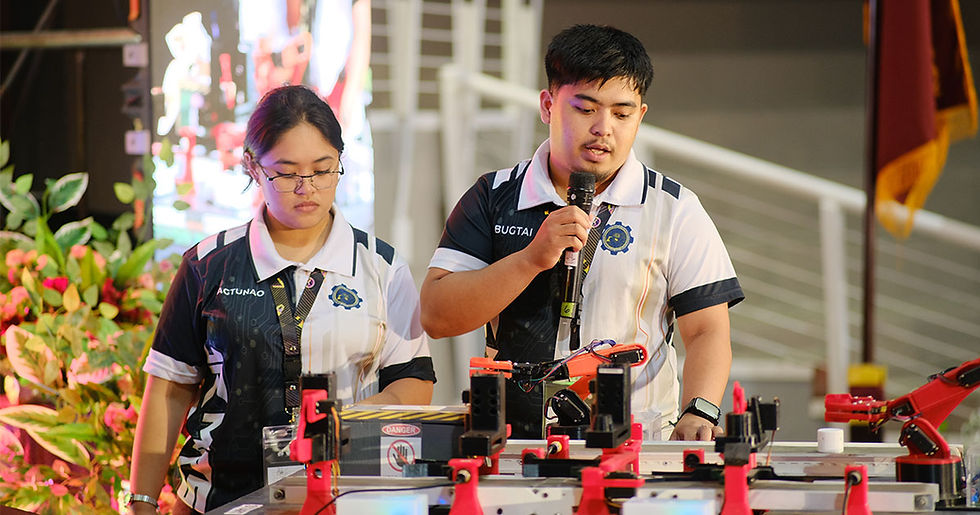Intro to Nepal's Supply Chain Challenges
- Field Ready

- Jan 28, 2016
- 2 min read
THEME 1 - HEALTH

Healthcare close to the point of need is essential, and consequently many health posts and hospitals in Nepal operate in remote and challenging conditions. This is especially true in the aftermath of the earthquake, after which many health facilities found themselves operating out of tents. Health facilities rely on a wide range of specialist equipment in order to provide their services, and often the more complex the equipment, the more likely a component will fail. In remote places, getting unique spare parts for costly equipment is often prohibitively expensive - 3D printing could enable one off parts to be produced economically on site.

THEME 2 - WASH (WATER, SANITATION & HYGIENE)
For people who lost their homes in the earthquake and now take temporary shelter in IDP (internally displaced people) camps, clean water and good sanitation are vital resources. For remote communities, local NGOs will pack up their equipment, trek to the community, and spend perhaps a month installing the correct water systems. If a part is unavailable on the local market as they pack up the kit to go, or a part breaks or is missing from the kit once they are working in the community, aid workers are forced to improvise with incorrect pipe fittings, spare tubing and plastic bags. Often these leak, losing water, and even worse, if an area floods during monsoon season dirty water can leak into the pipe and into the water source. 3D printing could be a way of providing suitable fittings appropriate for a range of pipe sizes - this is particularly urgent for MPDE piping, where the correct compression fitting is not available on the local market.
THEME 3 - MICRO HYDRO
Micro hydro is a hot topic in Nepal. Micro hydro uses fast flowing water to turn a turbine at high speed, which generates electricity. Nepal, with large quantities of water and the steep slopes of the Himalayas, along with a large number of remote off-grid communities, has both a great resource and a great need for this technology. There are maybe 20-25 firms operating in this space, and a lot of government support. It is also a focus of research projects; for example, a researcher at Kathmandu University is prototyping more efficient turbine blade designs by using a 3D printer to print a pattern, then handing them to local investment casting businesses to cast in metal.

However, problems still remain with the high initial cost of this technology, which rural communities must meet half of. Sometimes the cost causes projects to fall through before completion. Another significant problem is maintenance - 30% of turbines installed are inactive due to unresolved maintenance issues. Potentially, 3D printing could be used to manufacture some of the low volume turbine components more cost effectively, and to reduce the cost of maintenance by providing a cost effective facility to replace unique parts.

_edited.png)




Comments